Welsh dragons: Legends and landscapes inspire new creatures
- Published
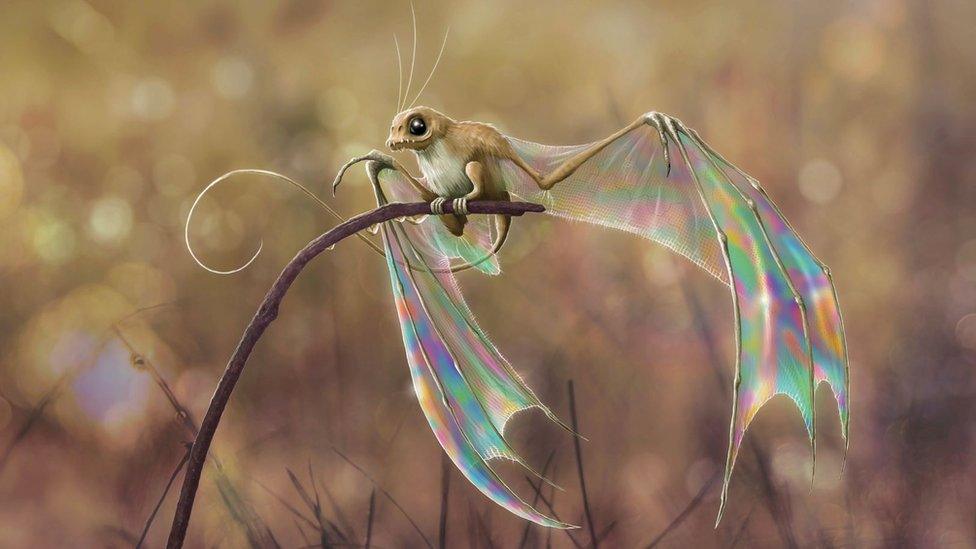
The Draco Gossameri is said to reside in Vale of Glamorgan in south Wales
Wales' red dragon has had a moment in the global spotlight this week, being proudly emblazoned on the flags, bucket hats and shirts of Wales fans at the World Cup in Qatar.
The emblem has been used in Wales since the reign of Cadwaladr, external more than 1,300 years ago and dragons are ubiquitous in Wales' myths and folklore.
Living in Wales has inspired illustrator Andy Frazer to reimagine Welsh dragons, inventing different varieties, many the size of birds.
"The idea is if you're out in Wales and you see something out of the corner of your eye it could be a bird, it could be a dragon," he said.
"They could be living all around us today in Wales and go virtually unnoticed."
Allow X content?
This article contains content provided by X. We ask for your permission before anything is loaded, as they may be using cookies and other technologies. You may want to read X’s cookie policy, external and privacy policy, external before accepting. To view this content choose ‘accept and continue’.

Andy, who lives in Abersychan, Torfaen, said when he began creating the fantasy creatures seven years ago he set out to "reinvent Welsh dragons for a modern audience and create a dragon that could be plausible and believable in modern Wales".
"The idea of giant fire-breathing monsters wandering around Wales just simply wasn't plausible - people weren't going to buy that idea so I took it in a completely different direction and made my dragons much, much smaller, most of them are the size of birds."
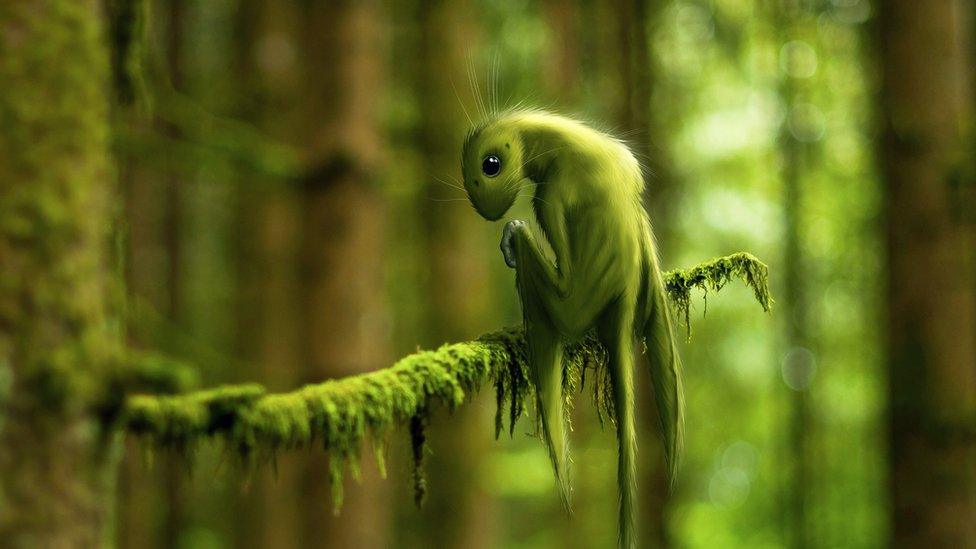
Andy says his Draco Gwyrddiu live in the Black Mountains of Powys and Monmouthshire
His creations, said to be evolutionary relatives of Wales' dinosaurs, include the red lizard-like Draco Notophthalmus which he said lives in Coed y Brenin in Dolgellau, Gwynedd.
Then there's the gentle-featured Draco Dwyrddiu, which lives in the Black Mountains of Powys and Monmouthshire.

Those visiting Lasgarn Woods in Abersychan should keep a look out for Draco Cymraegensis
Andy, who has produced six books about dragons in Wales and three about dinosaurs, said they were aimed at getting people out into the countryside and were a dragon equivalent of field guides for birds, with each dragon having a description of where it lives, its behaviour and diet.
So what inspires him?

Andy says his creations are inspired by his time in the Welsh countryside
"The landscape is a is a big, big part of it," he said.
"Once you're in Wales it's kind of hard to escape dragons - the imagery and the mythology is all around you."
He believes he is not alone in his fascination with dragons.
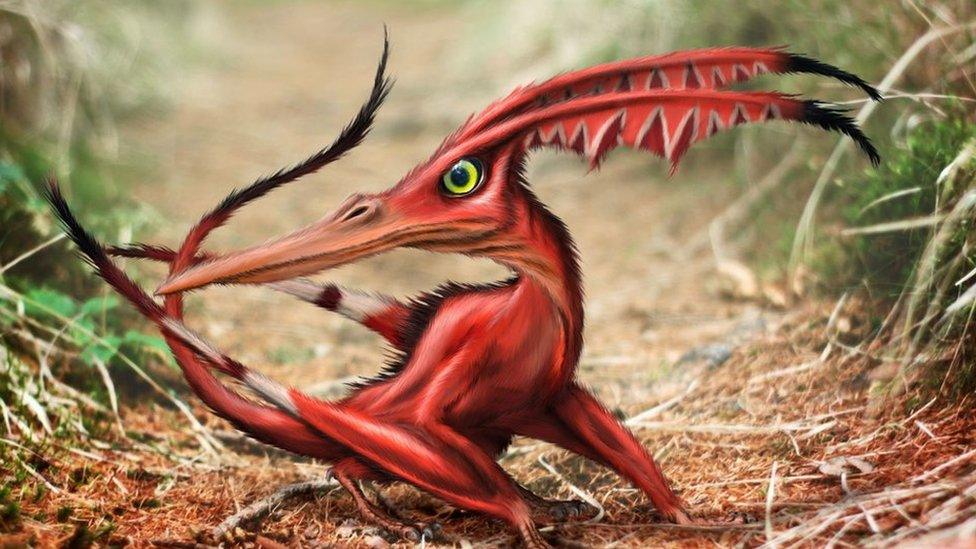
Coch Gwyn Kai are said to inhabit the Afan Forest near Port Talbot
"Humans need monsters - there's something deep in our psyche," he said.
"Whether it's dragons or demons or other creatures, every culture has this need for something that's bigger than ourselves, something that's scarier, something we don't understand, something mysterious."
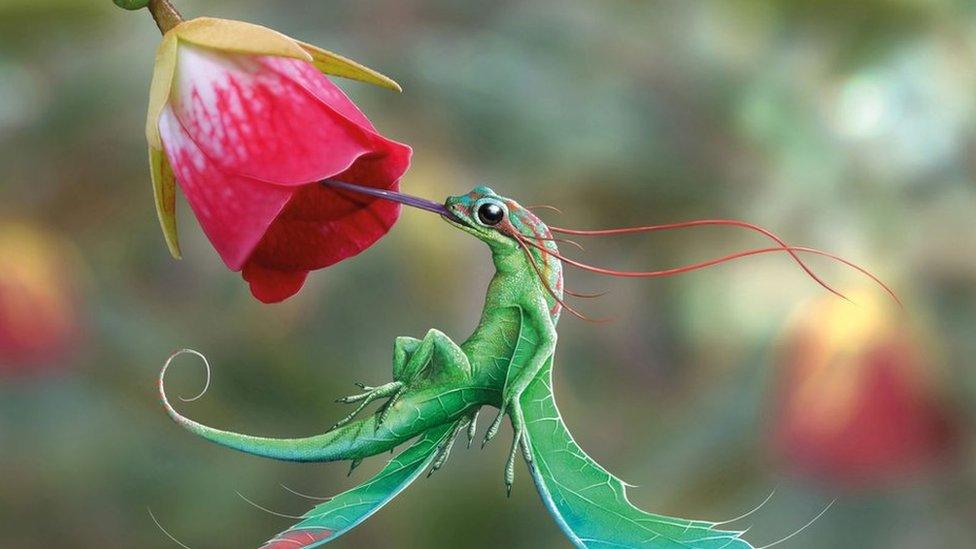
The Draco Cepediana is said to inhabit Pembrokeshire
He believes the red dragon is fitting symbol for Wales and has enjoyed seeing its prominence at the World Cup.
"We've got the best flag in the world, no-one can argue that, we've got a dragon on our flag," he said.
"It embodies pride, a fierce nature in a positive way... being a relatively small country, having something like that kind of embodies our spirit is a really, really powerful thing.
"There is this thing of being the underdog - we're the smaller neighbour so I think we need something to captivate and embody our spirit and I think the dragon is it."
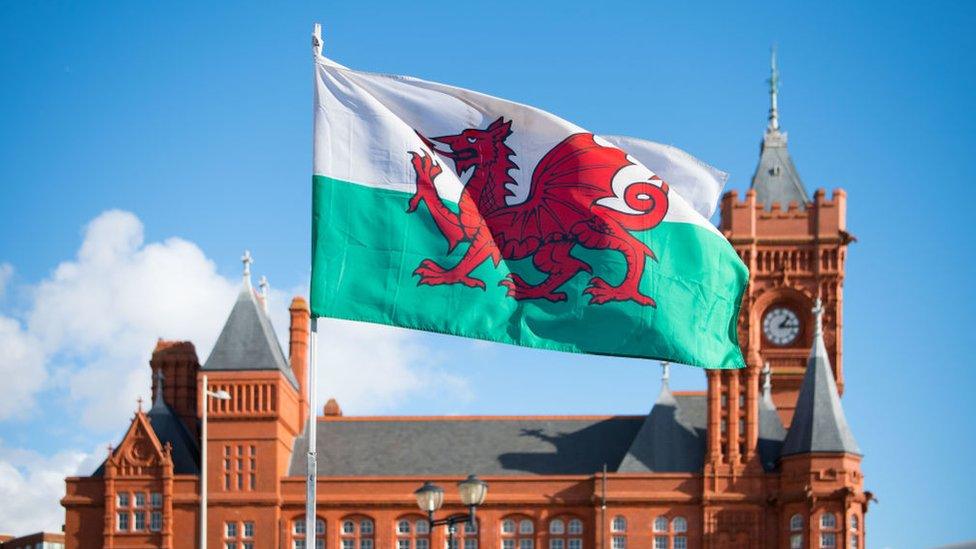
The current flag was officially adopted in 1959
The story behind the dragon on the Wales flag
Wales is one of only three countries in the world to have a dragon on its national flag, the others being Bhutan and Malta.
Wales' flag features The Red Dragon (Y Ddraig Goch) said to have resided on the mountain overlooking the southern end of Llyn Dinas in Snowdonia.
In the story by Nennius (born 769 AD), King Vortigern tried to build a castle at Dinas Emrys but the walls kept mysteriously falling down overnight.
The boy wizard Merlin eventually discovered why - two dragons, one red and one white, were fighting in a pool beneath the castle.
The red dragon eventually won and became the symbol of the fight against the Saxon foe.
The legend grew and Merlin became King Arthur's wise counsellor and court sorcerer.
While this may all sound like myth and mystery, an excavation of Dinas Emrys in 1945 showed evidence of a lake and a fortress dating back to Vortigern's time.
As an emblem, the red dragon of Wales has been used since the reign of Cadwaladr, King of Gwynedd from about 655 AD and so is often described as the Red Dragon of Cadwaladr.
Wales' official first use of the flag was probably during the battle of Bosworth Field in England in 1485, when Henry Tudor defeated Richard III.
The Pembroke-born English king went on to reign over England for 24 years as Henry VII.
The current flag was officially adopted in 1959 and is based on an old royal badge used by British kings and queens since Tudor times.

GREEN SPACE, DARK SKIES: The extraordinary mass participation lights project
THE WORLDS MOST EXPENSIVE SHEEPDOGS: In demand all over the world

Related topics
- Published23 November 2022
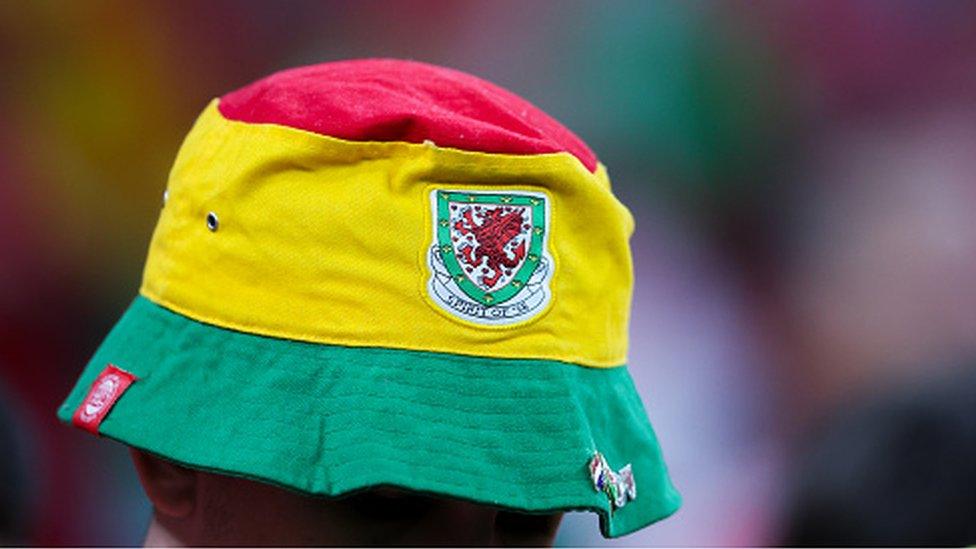
- Published25 November 2022

- Attribution
- Published24 November 2022
